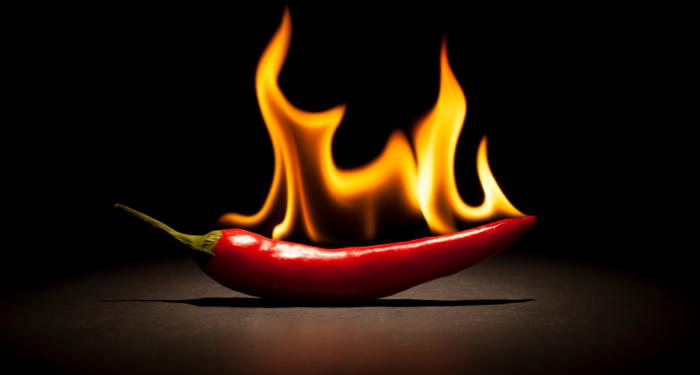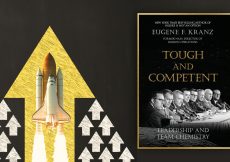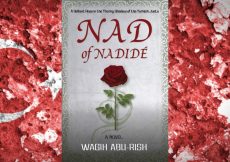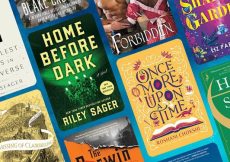This content contains affiliate links. When you buy through these links, we may earn an affiliate commission.
We need better ways to describe romance novels — particularly in terms of sexual content. In terms of genres, sub-genres, and tropes, I think we’re set. Of course, there is sometimes some overlap or cross-genre mingling. But in general, if I pick up an enemies-to-lovers contemporary romance or a marriage of convenience historical romance, I know what I’m getting. However when it comes to romance novel descriptions that communicate how sexually explicit a romance novel is, I pretty much hate every term available. I dislike them on a gut level. But I also find most of these terms pretty confusing.
And I don’t think I’m alone. I constantly see romance readers upset because a book they read had more sex than they wanted or not as much sex as they wanted. And a lot of times, both sides can blame the book or the author instead of our inability to correctly categorize and communicate about romance novels. I think this is what’s also behind the frustration some readers have of the dominance of illustrated covers (although that’s another story for another article). Readers want to know what kind of book they have before they start reading and don’t want to feel tricked.
Categorizing books based on sexual content isn’t as simple as separating genres or tropes. Gatekeepers and readers alike often rate queer romances or romances by authors of color as more sexually explicit than books featuring comparable writing by straight, white romance authors. So finding a universal rating system we can all agree on would both be impossible and potentially harmful. But even though I have read (and enjoyed!) romances ranging from a librarian romance with no sex to a monster romance with a dragon man who has more than one penis…I think it’s fair to want to know what end of the spectrum your next read is going to be on. And I personally cringe when I see romance novels described as hot or sweet or dirty. Let’s break down some of the problems with these terms.
Clean and Dirty Romance Novels
Clean romance makes me wince every single time I read it. It means that there is no sex on the page and possibly just no sex at all happening in the story. But calling no sex “clean” is such judgmental, purity culture bologna. I kind of getting the reclaiming of dirty in romance novels as in dirty talk. But ultimately, clean is still seen as good and dirty is seen as bad. I don’t see anything bad or dirty about sex or wanting to read books with sex on the page. So this one just gets a big pass from me.
Sweet Romance
Sweet romance is a slightly more palatable descriptor of romance novels for me, but I still don’t like it or consider it precise enough to be useful. It’s pretty similar to calling something a “clean” romance in that there isn’t going to sex on the page. “Sweet” romance also seems to be often used for inspirational or Christian romance novels.
Anyway, I reject that all romances that don’t have sex are sweet. Romances without sex can still be be misogynistic, gross, or offensive — not exactly sweet. And some of the sweetest moments in romance that I’ve read come after the kinkiest, most sexually explicit scenes. As a result, categorizing a romance as sweet in this way is a giant thumbs down.
Kissing Books Newsletter
Sign up for Kissing Books to receive news, book recommendations, and more for residents of Romancelandia.
Thank you for signing up! Keep an eye on your inbox.
By signing up you agree to our terms of use
Hot Romance Novels
I think temperature-based descriptions for romance novels are the most widely used and, perhaps, the least offensive. I myself definitely call romance novels steamy, sizzling, and spicy when writing about them. On BookTok, I definitely see romances categorized by how many chili pepper emojis are listed next to them. I think these categorizations can be helpful, but they are also highly subjective. I’ve picked up a five chili pepper book before that just had one sex scene. And I’ve read a three chili pepper book that was so explicit it makes me blush just thinking about it.
Furthermore, if a book doesn’t have a lot of sex on the page does that make it cold? Lukewarm? I don’t think so. Heat can be just as much about the chemistry between the characters in a romance as if there is sex in the story or how it’s described. Just think of how hot and bothered everyone gets during the Mr. Darcy hand flex from the 2005 Pride and Prejudice film adaptation. And the “hottest” part of Fifty Shades of Grey is Christian and Ana’s emails, not anything that happens in the red room of pain. Hot doesn’t have to mean sex, and I don’t love the implication that it does from these terms.
On the Page, Off the Page, and Closed/Open Door Romances
I don’t find anything that objectionable about describing a romance novel as “on the page” or “off the page” or an open or closed door romance. Except…there is just so much variety of what is meant when a book has on the page sex or is an open door romance. This could mean a couple of paragraphs that are highly euphemistic and vague. Or it could mean pages and pages of anatomical descriptions, sex toys, and potentially multiple partners. The simple fact of sex occurring in a story, doesn’t give the reader much of an idea for how that sex is going to be described. Even categorizing romances as “vague” vs. “explicit” can be difficult, because the range between vague and explicit sex scenes that you can read in romance novels is so wide. Trying to contain all of them in one term or category feels unspecific and often unhelpful for readers. I think there has to be a better way to describe the sex in romance novels.
But if there is, I haven’t thought of it yet!
I’m ending this article without offering a new set of metaphors or romance novel descriptions to use, because what is sexy is so personal, hard to define, and subjective. But I also think there’s got to be a way to be more consistent and informative when describing romance novels — a way that doesn’t put down books that are either more sexual or less sexual in their content. If you figure it out, please let me know!



























:quality(85):upscale()/2023/05/11/976/n/1922564/782262e2645d6b967847b4.74342194_.png)








